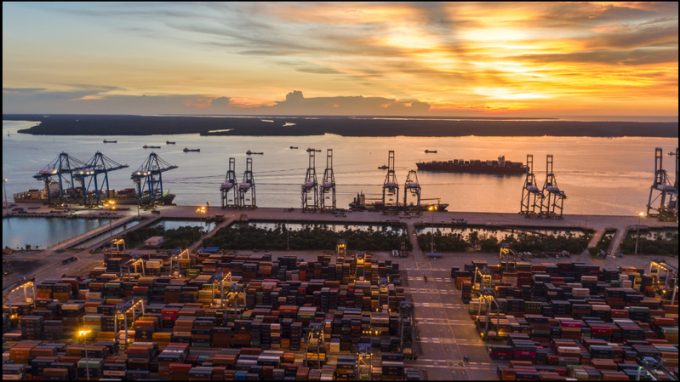More luck than judgment? Top 10 box lines enjoy elusive balance
Something of a sweet spot?

The number of container rollovers at major box ports continued to climb last month, affecting some 39% of all shipments, according to new data from supply chain visibility provider Project44.
“Carriers have been watching their rollover rates increase for over a year, and have so far ...
CMA CGM South Korean staff strike over bonuses after bumper 2024 profit
MSC switches two more Asia-Europe port calls from congested Antwerp
Ports and supply chain operators weigh in on funding for CPB
Nightmare for Bangladeshi exporters as congestion and tariffs bite
Carriers introduce surcharges as congestion builds at African ports
Box ship overcapacity threat from carrier appetite for new tonnage
CMA airline returns two freighters, while ANA takeover of NCA looms
Tradelanes: Export boom in Indian sub-continent triggers rise in airfreight rates

Comment on this article